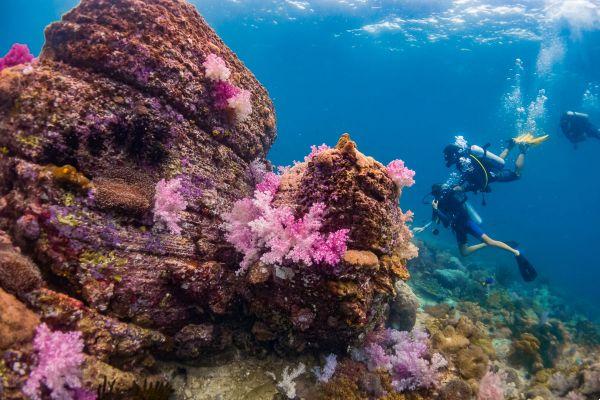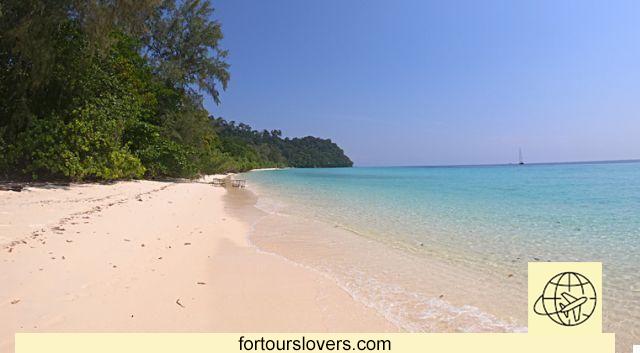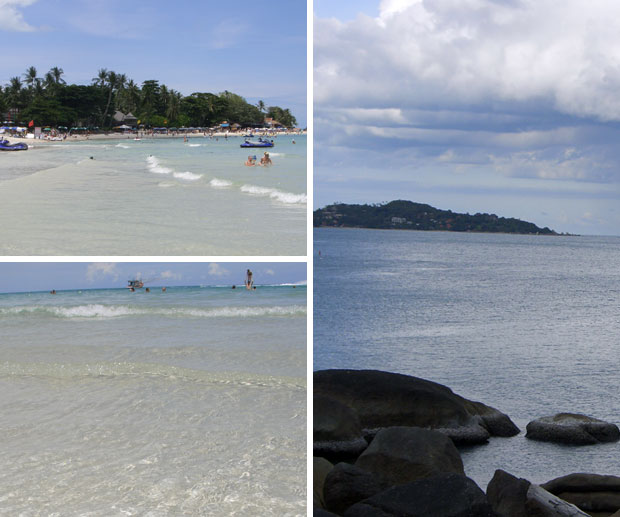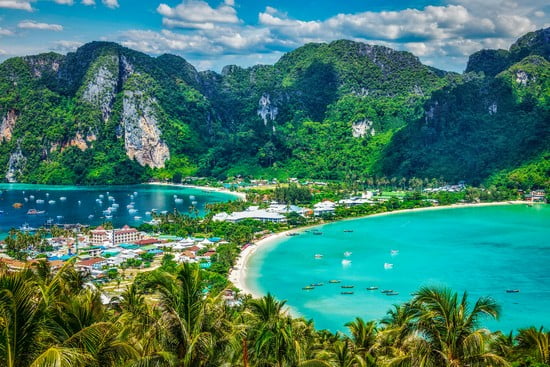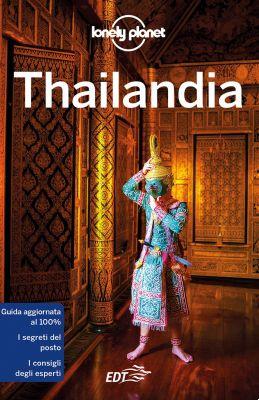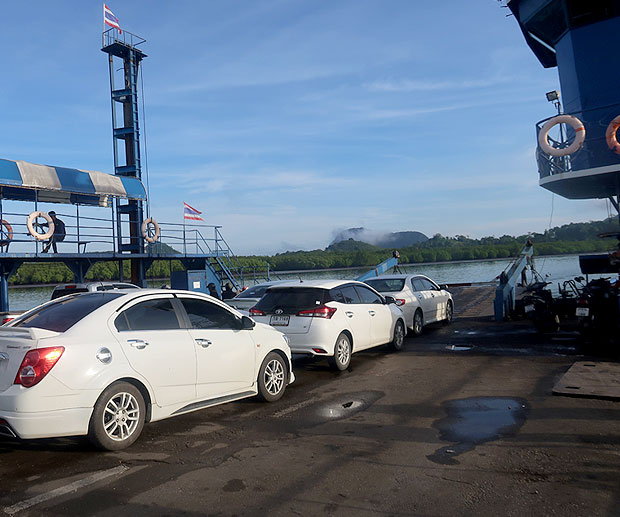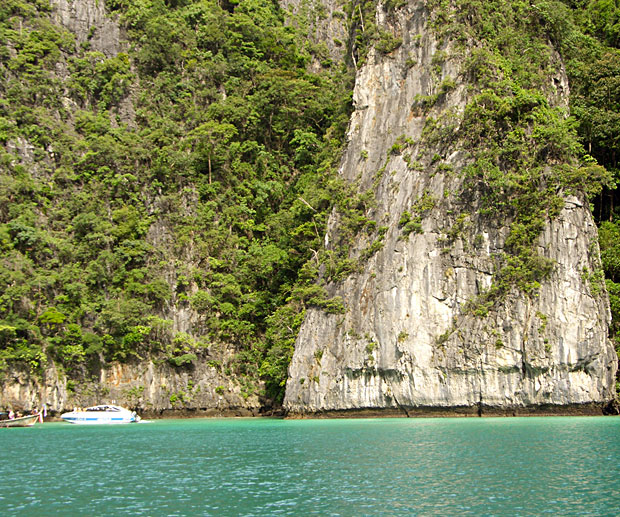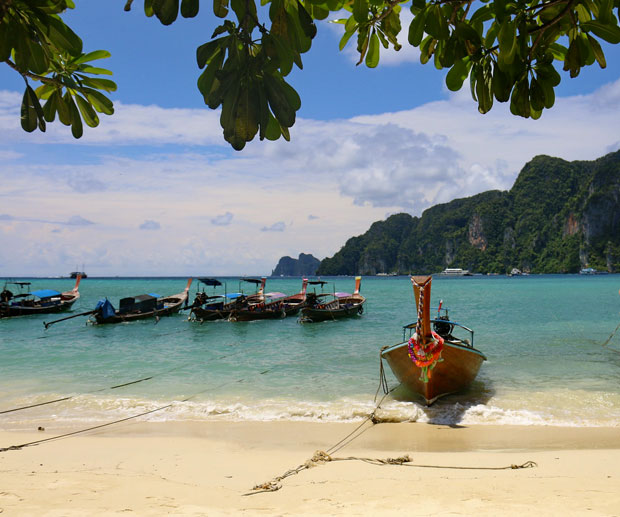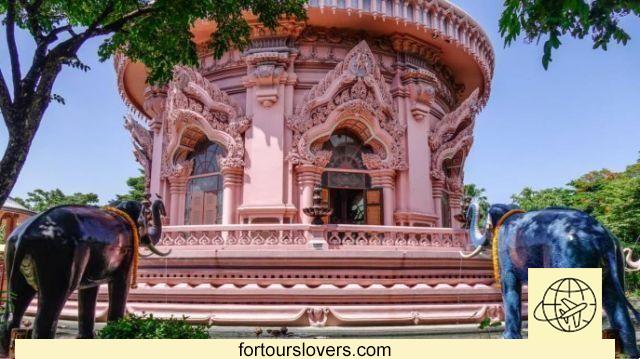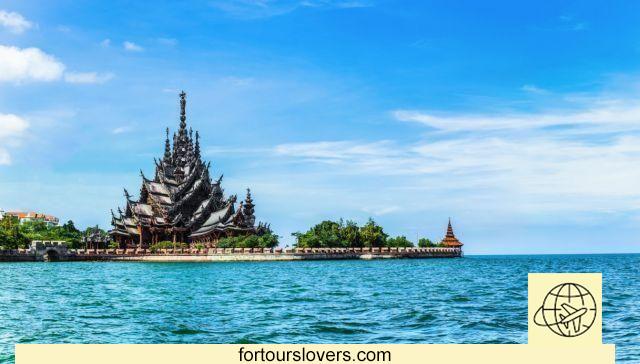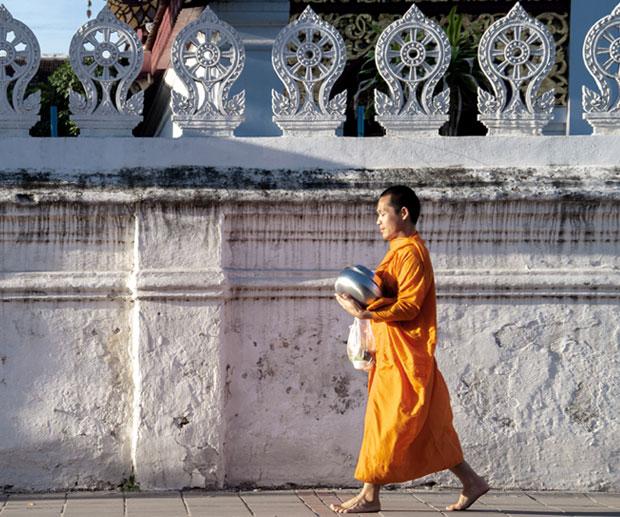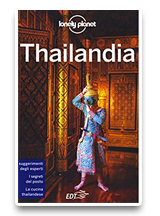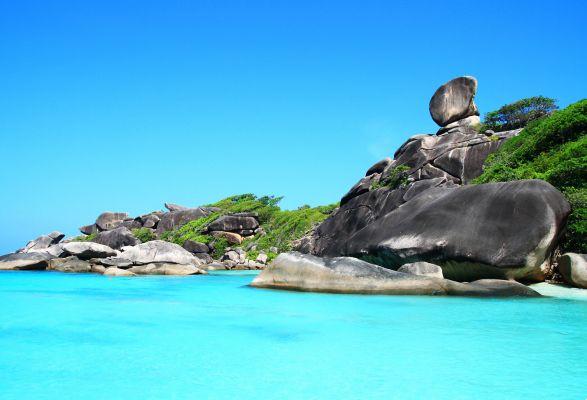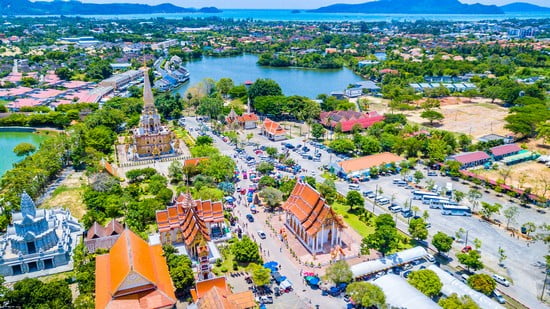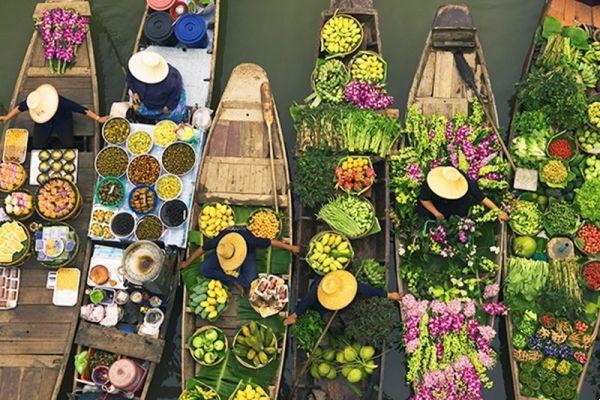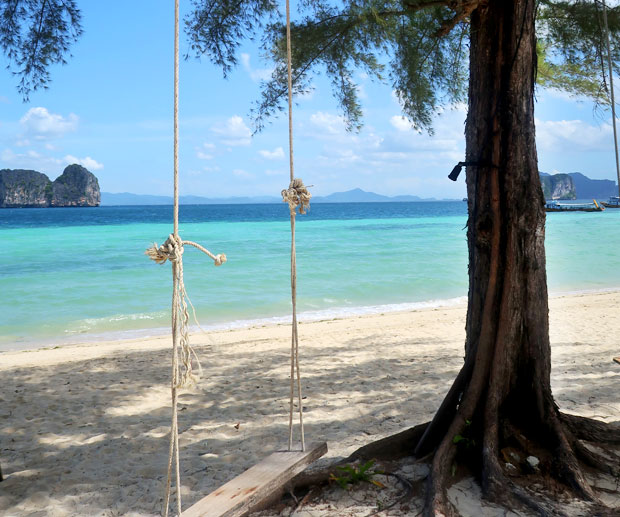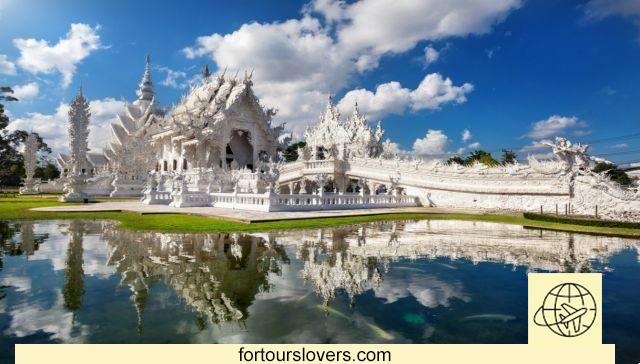
The most important monuments to see in Chiang Rai, a northern city full of temples, eccentric artists and history.
Chiang Rai is a city in Thailand, located in the northern region, not far from the border with Laos and Myanmar. The city of Chiang Rai was founded in 1262 by King Mangrai, becoming the first capital of the powerful dynasty until it was conquered by the Burmese in the XNUMXth century. For centuries the city remained under their control, to the point that it only became a province of Thailand in the XNUMXth century.
Chiang Rai is not exactly a tourist city, but it represents an important stop to visit the surrounding region full of natural parks. Known for being part of the golden triangle – meeting point between Thailand, Laos and Myanmar – along the Mekong River, Chiang Rai can still boast some interesting attractions such as the Wat rong khun. Designed and built by the original artist Chalermchai Kositpipat, the curious building is located a few kilometers from the city and has been open to visitors since 1997. Its completely white structure decorated with mirrors that create plays of light is still unfinished and casually mixes elements sacred. and profane. To reach the main building it is necessary to cross a bridge built over a small lake where hundreds of outstretched hands symbolize the temptation and greed that must be overcome to achieve happiness.
A diametrically opposite experience is to visit the buildings of working dam, located north of the city. Also in this case a strange Thai artist, Thawan Duchanee, has transformed his original inspiration into architectural works by building a complex of dark wooden houses where the color black dominates. The houses, surrounded by a well-kept garden, house small museums, objects carved in wood and even chairs made from bones, skulls and animal horns.
Returning to Chiang Rai, in its historic center you will find numerous temples that are worth seeing as you go through the narrow streets. A well-known temple in the city is the Wat Phra sing built according to typical local standards and with a wooden structure with a sloping roof that houses a copy of the Buddha statue present in the temple of the same name in Chiang Mai.
Continuing on foot you can easily reach the most important temple in the city, the Wat phra kaew. The famous Emerald Buddha was found here, whose history is full of legends and today the temple houses a jade copy of the original statue. The Wat Doi Ngam Muang temple is located not far away and is characterized by a long staircase surrounded by tall trees and protected by two huge and terrifying statues.
Near Phraya Meng Rai's is Wat Phra That Doi Chom Thong, one of the oldest sacred places in all of Chiang Rai, as you continue south you will cross one of the main streets of the city that will take you to the Clock Tower. the show of Clock Tower It is repeated every night when the structure is completely illuminated by colored lights that vary in tone.
In the center of Chiang Rai there is also the Night bazaar and you really can't help but visit it. It is a night market where you can breathe a decidedly particular atmosphere with a festive atmosphere accompanied by exceptional shows and aromas. The Bazaar offers many culinary options and is sure to tempt you with its Thai cuisine specialties freshly prepared in front of you.
Not far away is the Parque Mueang Chiang Rai where the Flower Festival is celebrated every year, while opposite is the Hilltribe Museum and Educational Center, a museum dedicated to the culture of the Thai hill tribes that also organizes interesting excursions and guided tours of the Chiang Rai province. Our itinerary ends by visiting the Monument to King Mengrai, a place dedicated to the king who founded the city and considered so sacred that even today many people bring offerings and flowers.
Getting around the center of Chiang Rai is easy and we recommend doing it on foot, but if you choose to experiment with local public transport, look for tuk-tuks and songthaews (for personalized itineraries, also rely on the typical cycle rickshaws). Also remember that Thailand's climate has a rainy season between May and October and a dry and very hot season between November and April, although Chiang Rai is characterized by cooler temperatures between December and February.




